Women in Aviation: Journey of Zoya Agarwal and Her Peers
Historically, the aviation industry was largely male-dominated. However, times have changed. Today, women are breaking barriers and inspiring generat

There is a lot of talk about sustainability in this tech-driven world, and a lot has been taking place to move toward a sustainable future. Like many other industries, aviation is also on the path to attaining sustainability by moving toward sustainable fuels. Hydrogen fuel and electric planes are two alternatives for achieving sustainability in aviation. The aviation fuels, like any other fuel, are exhaustible and threaten the environment.
Decarbonizing aviation is quickly gaining momentum, with electric and hydrogen-powered aircraft becoming common and leading towards a sustainable future. IDTechEx’s report, “Sustainable Future Aviation 2025-2045: Trends, Technologies, Forecasts,” concerns the technical progressions and constant challenges associated with these revolutionary aircraft. The aviation industry is moving towards addressing environmental concerns through battery storage and hydrogen propulsion innovations, paving the way for sustainable air travel.

The aviation industry produces about 2-3% of carbon dioxide emissions worldwide. With rising air travel demand, emissions will rise unless sustainable substitutions are accepted. Traditional jet fuels release substantial GHG gases. Governments are pushing for cleaner, more sustainable aviation solutions to meet carbon neutrality goals by 2050.
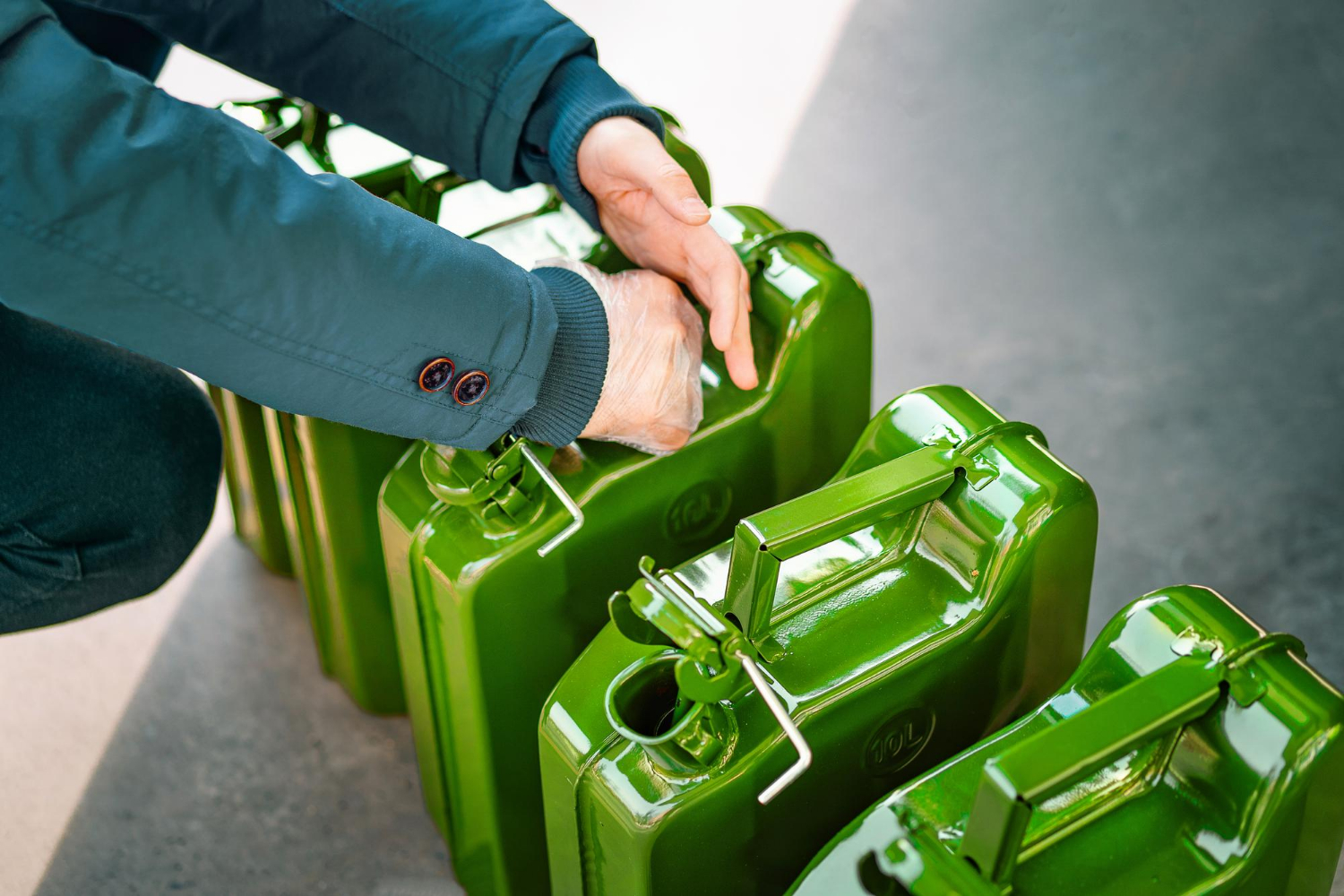
Sustainable aviation fuel is generally produced from biological sources. It is synthesized from various sustainable resources rather than fossil fuels. It is chemically identical, but is generated from feedstocks that absorb CO2 and significantly reduce CO2 emissions compared to fossil fuels.
Commercial flights can fly with sustainable fuel and fossil-based kerosene of up to 50% to guarantee compatibility with aircraft, engines and fueling systems. The industry is soon working towards letting commercial aircraft fly on 100% SAF.
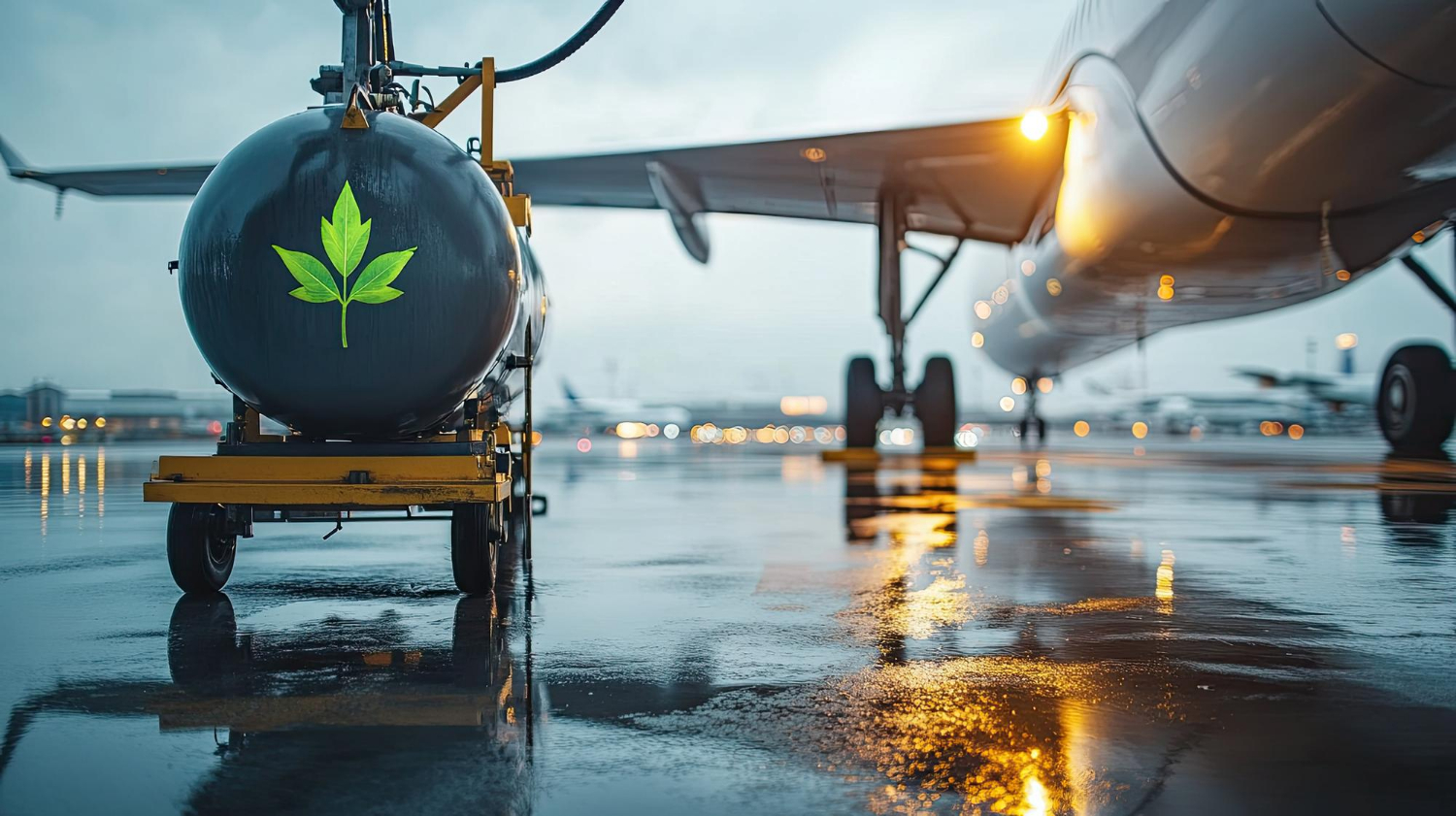
Environmental Benefits: SAF reduces environmental impact. Compared to conventional jet fuel, sustainable aviation fuel can decrease CO2 emissions over its lifecycle.
Diversified supply: SAF provides a viable alternative to kerosene and can substitute traditional jet fuel with a more varied geographical fuel supply through non-food crop sources.
Economic and Social Benefits: SAF could solve aviation's volatile fuel costs. It can offer economic benefits to parts of the world with unrealistic land for food crops, but appropriate for sustainable aviation fuel growth.
For several developing nations, SAF represents an important economic and employment prospect; shifting to SAF could create about 14 million jobs worldwide.
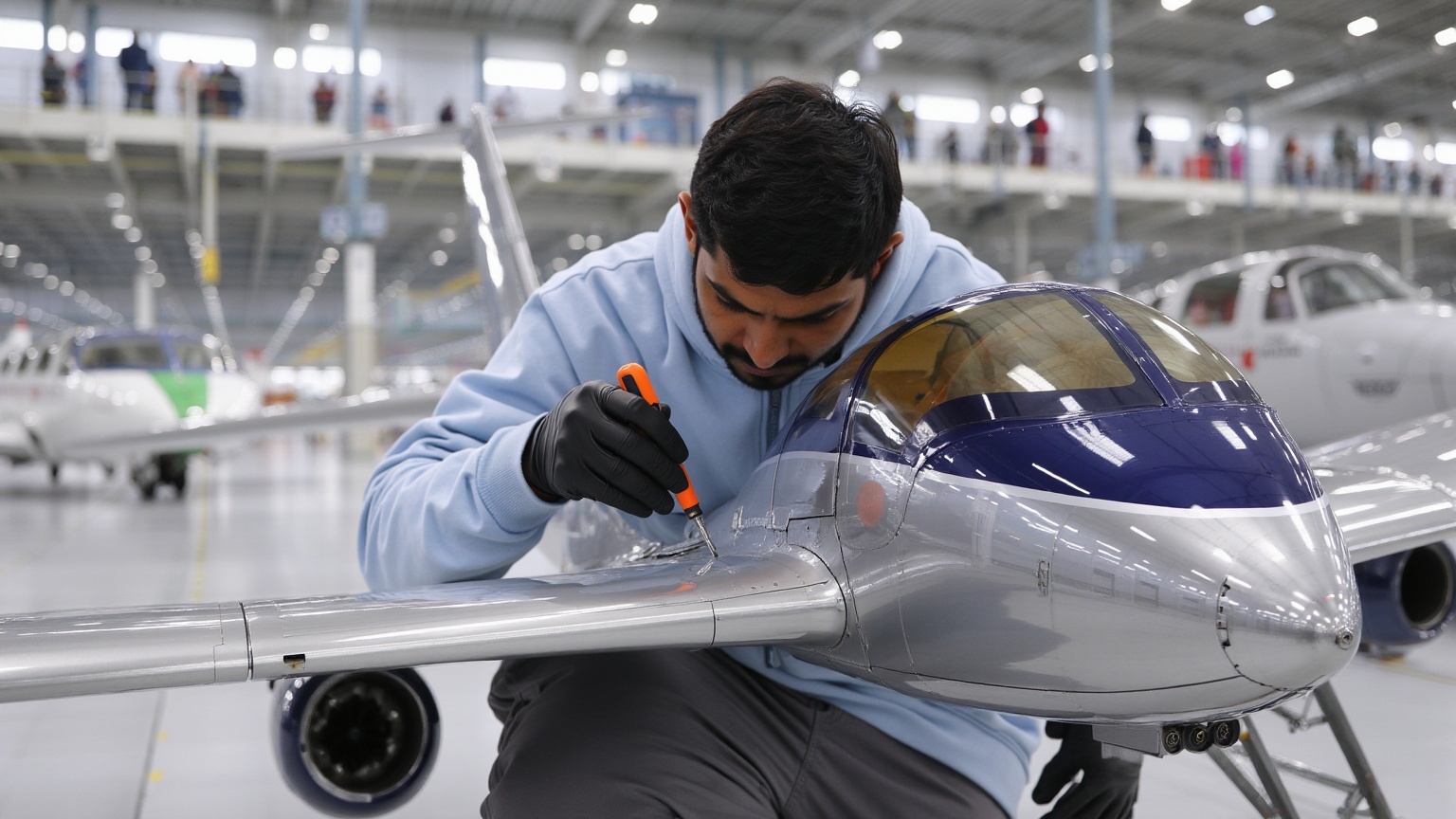
Electric aircraft are a promising solution for short-haul flights, mainly those under 1000 kilometers, with about 33% of U.S. domestic airline seats. However, a key challenge persists: battery weight. Unlike conventional jet fuel, which burns and decreases onboard weight, batteries are constant, putting a lot of load on aircraft.
Attaining the energy output of jet fuel with current batteries would demand a battery pack approximately ten times heavier than traditional fuel. This weight limit design and passenger load flexibility underscore the requirement for considerable battery density and competence advances.
Despite these challenges, progression is going on at a rapid pace. IDTechEx notes that as electric motors surge in power density, they could ultimately bridge the gap with the power transported by turbofan engines. For electric planes, this might entail using multiple engines to match the thrust of traditional two-engine aircraft, guaranteeing that power output aligns with the demands of commercial aviation.
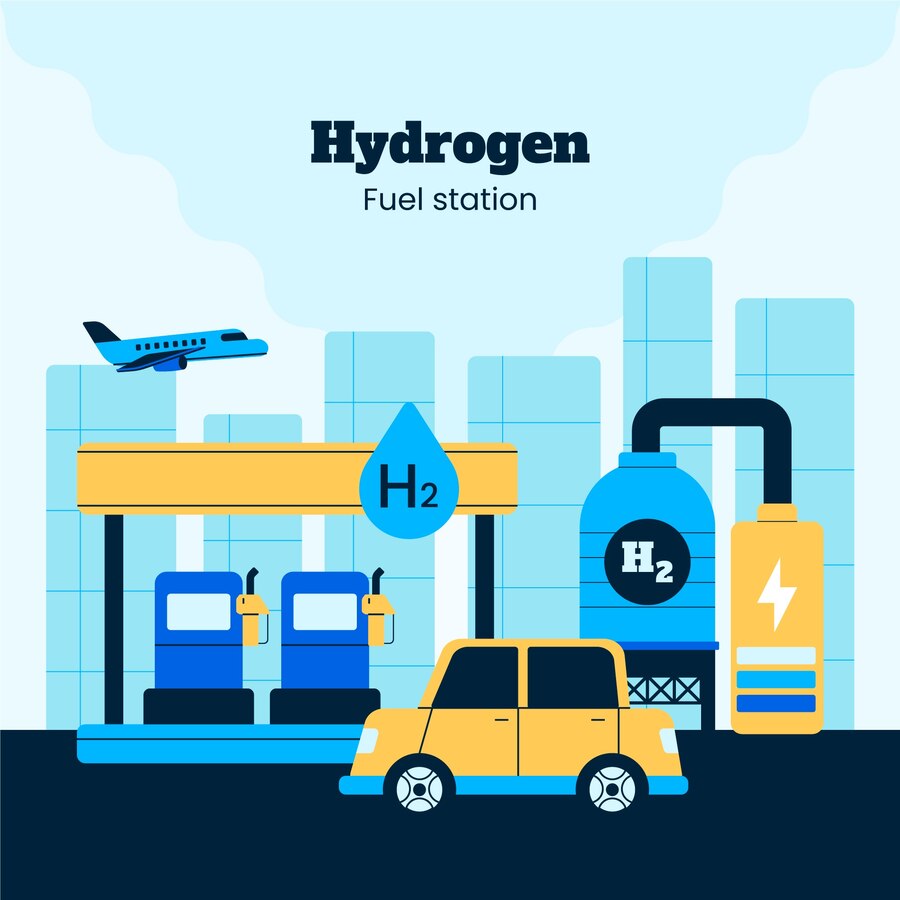
Hydrogen offers another alternative to sustainable aviation, a lightweight substitute to traditional fuels. Hydrogen is a lot lighter than jet fuel, but has a trade-off of a lower volumetric energy density. Storing enough hydrogen to power a commercial aircraft poses exclusive engineering challenges. With its cryogenic storage needs, liquid hydrogen is a practical solution. However, it introduces added intricacy to aircraft design.
Two main approaches to hydrogen impulsion are under consideration: hydrogen internal combustion engines and hydrogen fuel cells. While the former provides a way to repurpose existing jet engines, it produces nitrogen oxides, making it less environmentally friendly. Fuel cells are a cleaner substitute, though their considerable weight increases engineering hurdles.
Another important factor is the type of hydrogen used. Green hydrogen is the most sustainable option, but it incurs higher costs than other types. Hydrogen aircraft may become more and more viable as production of hydrogen methods evolves, including green hydrogen from renewable-powered electrolysis.
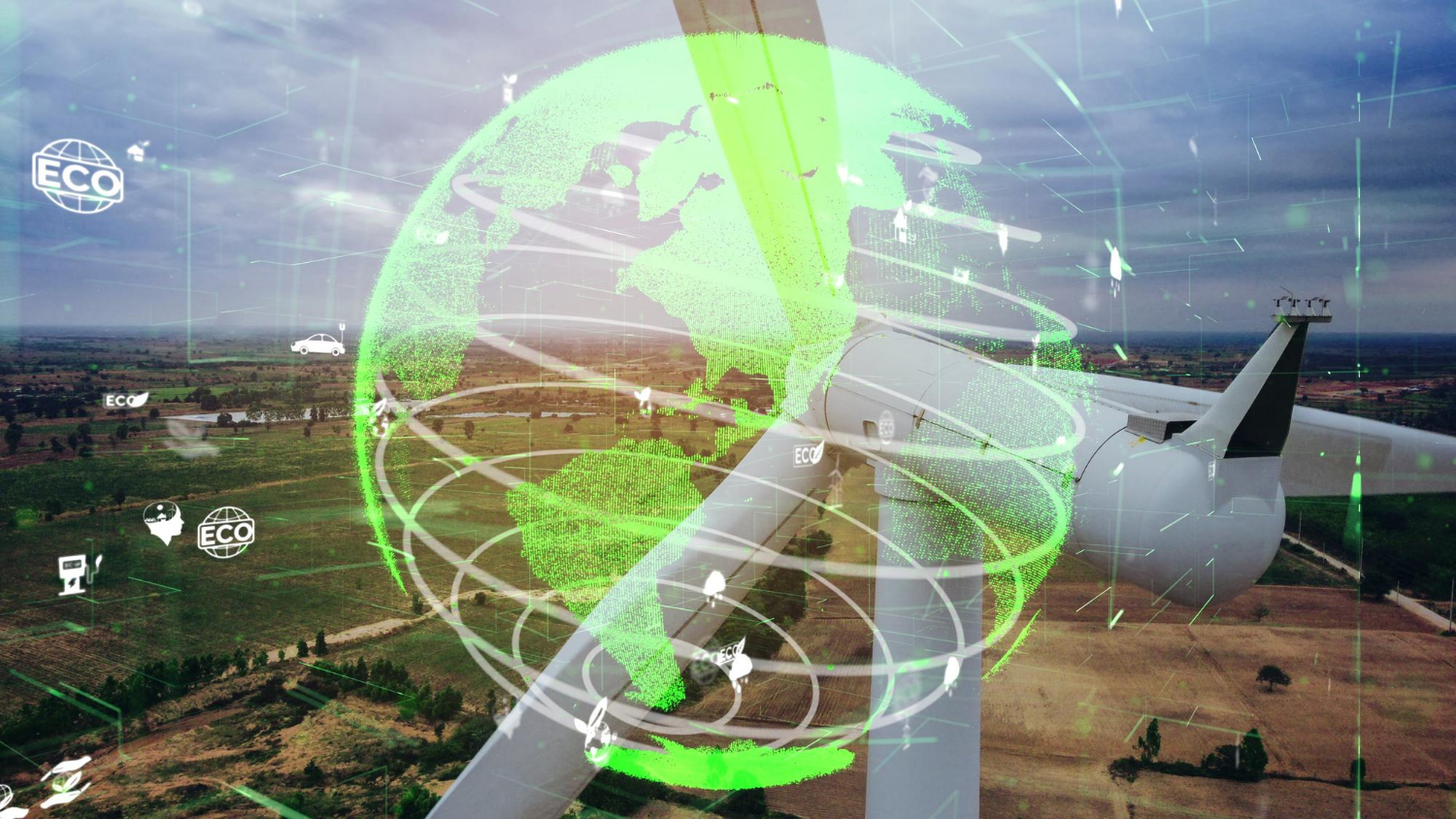
As sustainable aviation progresses, infrastructure is an important component. Making charging stations for electric planes and refuelling amenities for hydrogen aircraft will need substantial investment and planning. Governments and private sector players are committed to substantial funding towards this transition. In 2023, Europe owed 380 million euros for sustainable aviation initiatives, with the U.S. offering more than USD 350 million in 2022 for similar projects. These investments validate a commitment to decarbonizing aviation and founding a greener aviation infrastructure.

The sustainable aviation future is a technical pursuit and an important part of the global strategy to decrease GHG emissions. Both hydrogen and electric aircraft will reshape the aviation industry, but attaining these ambitions will require overcoming technical and logistical barriers, including governing adaptations to accommodate new propulsion technologies and considerations regarding landing weight.
With rising momentum in tech progressions and infrastructure support, the aviation sector is well-positioned for a sustainable future. Through collaboration, innovation, and regulatory development, hydrogen and electric-powered aircraft might soon redefine air travel, transforming one of the important industries into a greener force for change.
This development reflects a broader commitment to sustainability, as industry players work together to understand a world where air travel no longer compromises environmental integrity.
With the aviation industry growing from strength to strength, its inclination towards adopting sustainable fuels is also increasing. With the industry's growth, there is not just a growing demand for alternative fuels but for commercial pilots as well. To become a pilot, you can enroll at Flapone Aviation, a renowned flight training school. We are one of the best in providing drone and aviation training, and that too at a competitive price point.
Connect with our aviation mentors to find the right path toward becoming a licensed aircraft pilot.